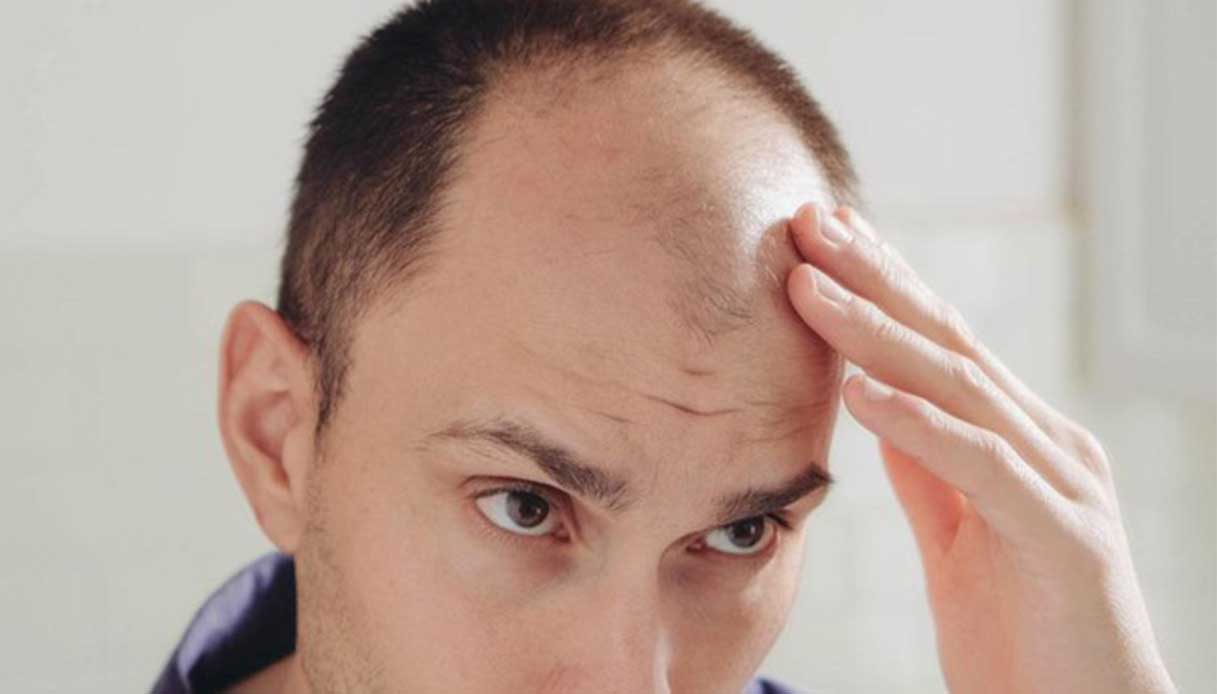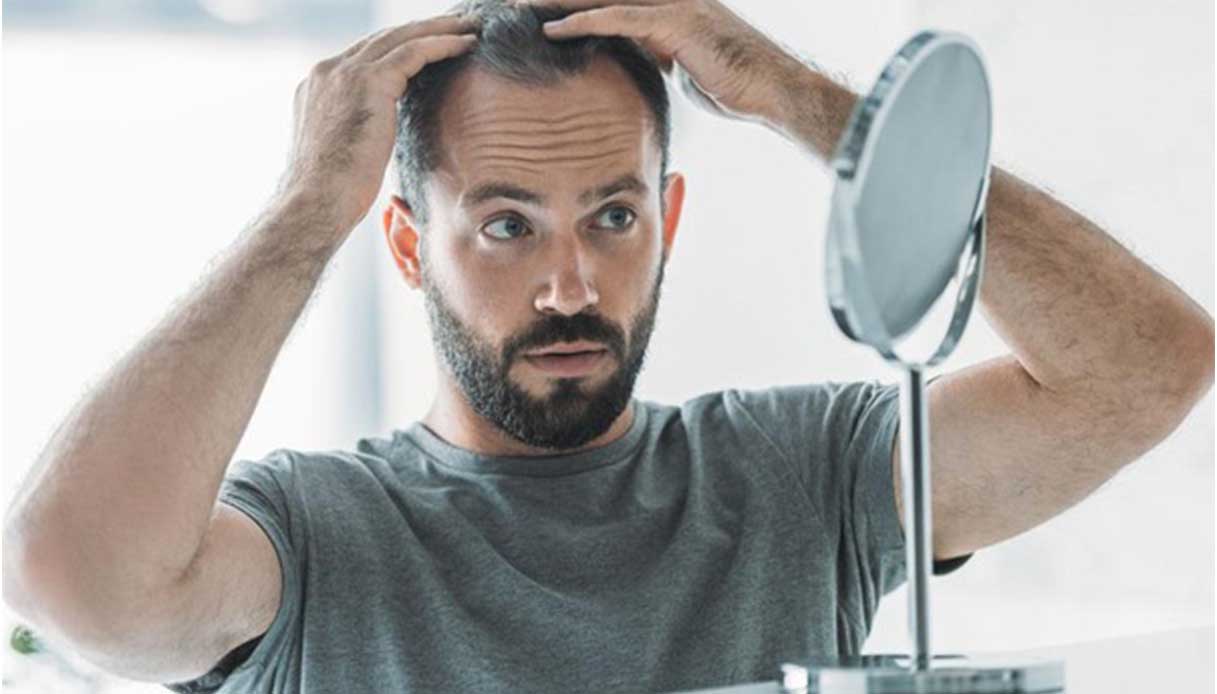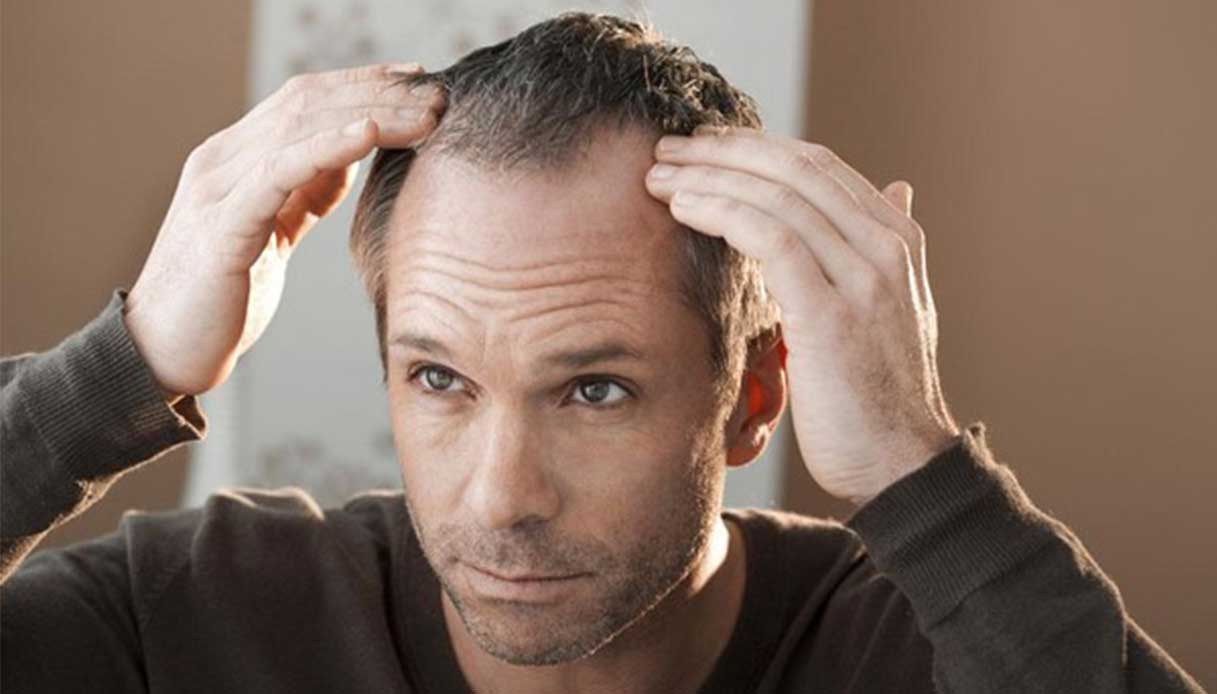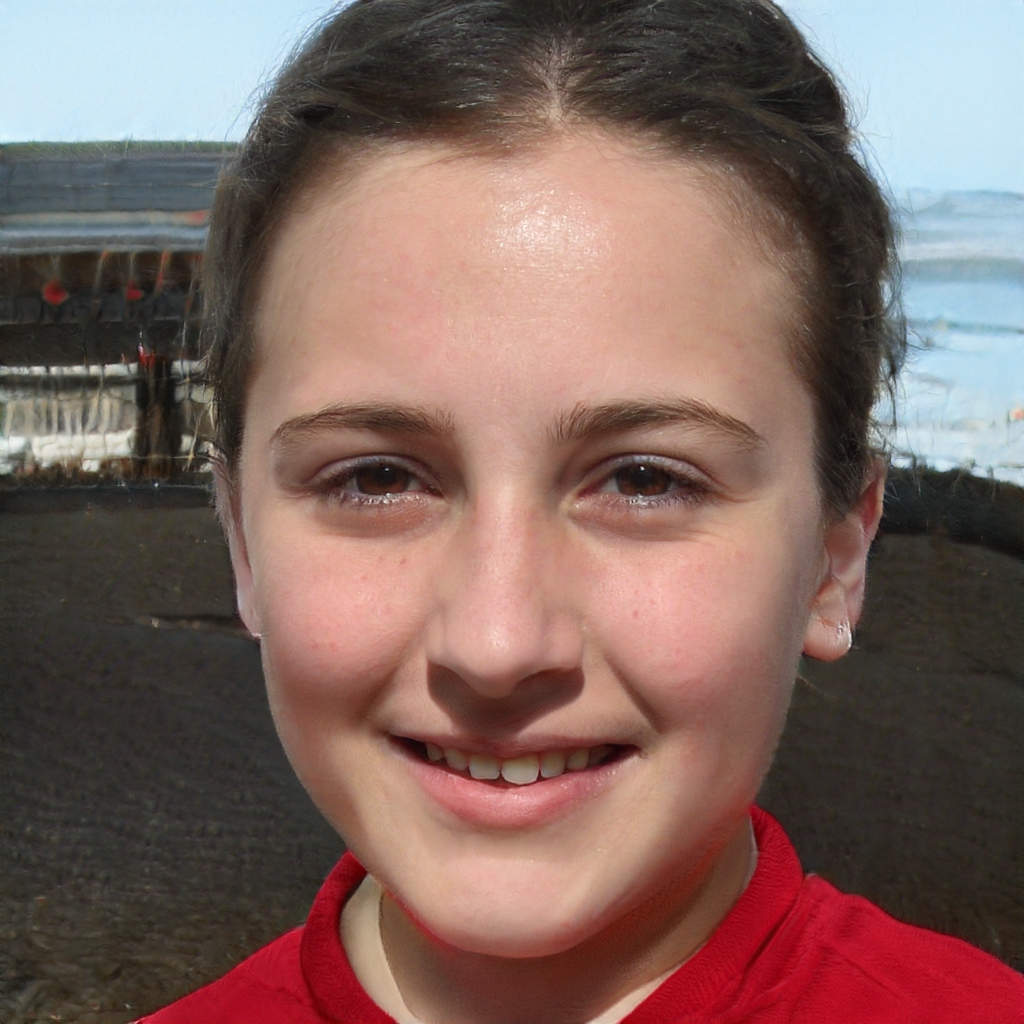Esistono rimedi realmente efficaci contro la calvizie?

Questa domanda se la pongono moltissimi uomini, considerando che il fenomeno colpisce almeno il 70% della popolazione maschile, ed è un tema destinato a restare sempre d’attualità, perché riguarda tanto l’aspetto estetico quanto il benessere psicologico di chi si trova a non avere più una chioma folta e robusta.
Per avere risposte affidabili e concrete ci rivolgiamo agli specialisti di Istituto Helvetico Sanders, attivi da oltre 30 anni nel trattamento della calvizie con protocolli personalizzati sul singolo caso specifico.
Remedies for hair loss, what are the types of transplants?

Transplantation is one of the possible solutions to hair loss, but there are very different methodologies in how they are performed and the results.
There are two main techniques: FUT (Follicular Unit Transplant) and FUE (Follicular Unit Extraction), both are based on the autotransplantation of hair from selected areas of the nape of the neck, but what matters most, for those who have lost their hair, is the final result, the probability of success of the transplantation and the duration in time of the goal achieved.
This is why it is advisable not to rely on those who promise miraculous solutions or improvised operations that are not followed by periodic checks.
In the past, the first hair transplants left showy scars and gave obviously unnatural results, while today, thanks to technological progress and the study of specific solutions, it is possible (taking into account the actual causes and one's personal situation) to return to having healthy and thick hair.
How the FUT hair transplant works
With the FUT technique, an entire strip of scalp is taken from an area that has been previously chosen as the donor; the length of the strip depends on the amount of hair to be transferred and on the nape of the neck.
After extracting the individual follicles, they are inserted into the area to be re-filled through micro-incisions.
The follicular units are extracted only from the occipital area, and then placed in refrigerated trays, suitable to recreate the physiological environment of the hair.
The post-surgery scars, however, are quite visible and the healing time is slow (about 2 months). One of the major differences with FUE is the splitting of units from the scalp lozenge following the surgical cut.
How FUE Hair Transplantation Works
With the FUE technique the follicular units are extracted one by one from the thickest area of the nape and the sides, with extreme precision, and then implanted individually: this allows for a more natural result, without visible scars, as these are hidden by the other hairs of the "safe zone", i.e. those of the nape that are not affected by baldness.
Questa tecnica ha una minore invasività e può favorire la ricrescita naturale dei capelli dopo l’intervento.
In cosa consiste il protocollo Smart FUE?

L’Istituto Helvetico Sanders ha sviluppato il protocollo SMART FUE (la sigla sta per “Scalp Motorized Assisted Rational Transplantation”) che si differenzia dal classico metodo FUE per gli ulteriori vantaggi che offre.
Prima di tutto, si effettua un calcolo preventivo delle grafts per cm2 necessarie a coprire l’area che deve ricevere il trapianto di capelli. Con il termine “grafts” si intendono, in ambito tricologico, le unità follicolari, cioè gruppi di follicoli sviluppatisi insieme che spuntano da un singolo foro del cuoio capelluto.
In un adulto le graft sono formate da 1 fino a 4 capelli, più raramente 5.
Thanks to this calculation of grafts for hair transplantation with Smart FUE, it is possible to obtain optimal results without making incisions; in fact, the extraction is carried out using state-of-the-art instruments that reduce the intervention time, guarantee a minimum invasiveness and do not create any appreciable change in the donor area.
Subsequently, the grafts are stored in a culture medium, at a controlled temperature of around 4 degrees, and immersed in ATP, a biochemical composition in liquid form that prevents degeneration processes and exponentially increases their vitality.
The DHI system (Direct Hair Implantation) is a technique that allows to replant the follicular units directly on the scalp instead of allocating them in previously created alveoli; through an instrument that has a very thin needle (the Implanter) it is possible to perform the replantation with accurate precision.
This approach results in a greater rooting of the follicles and therefore there is a higher probability of returning to have a flowing and healthy hair.
Technological advances and the expertise gained from thousands of cases in over 30 years at the Sanders Helvetic Institute show how far we have come in the treatment of baldness, a problem that today can be successfully addressed by examining the actual causes of hair loss and monitoring the results achieved over time, to ensure the greatest mental and physical well-being for those who are rediscovering the pleasure of combing their hair.
This article was written with the contribution of experts from the Sanders Helvetic Institute.
